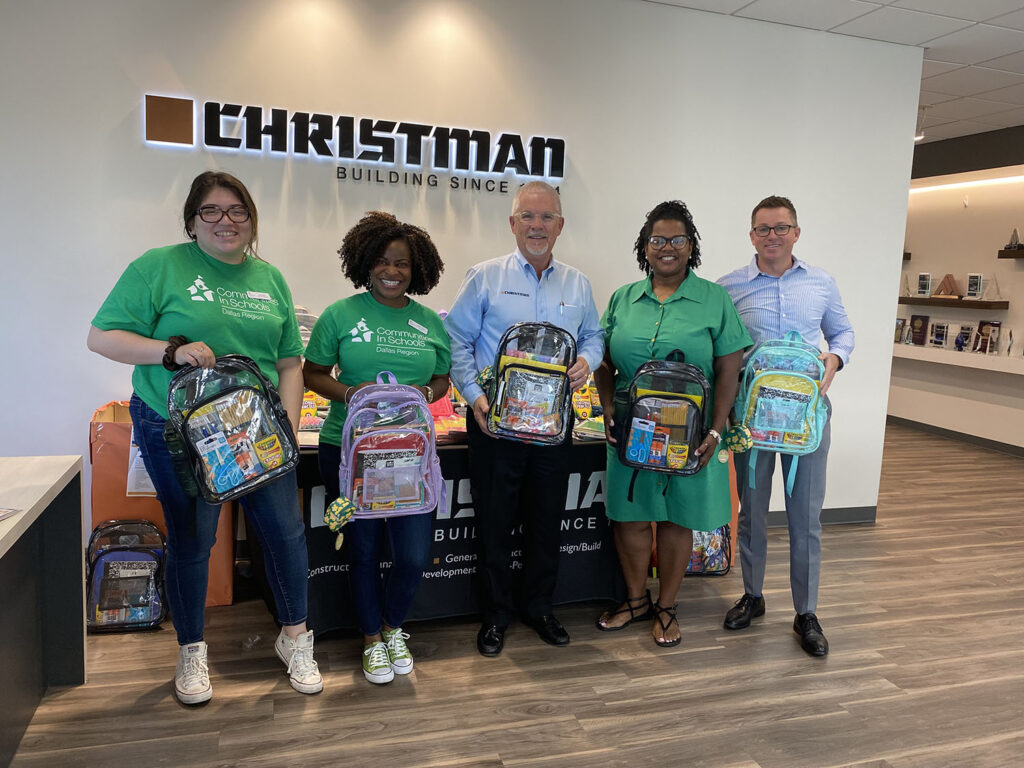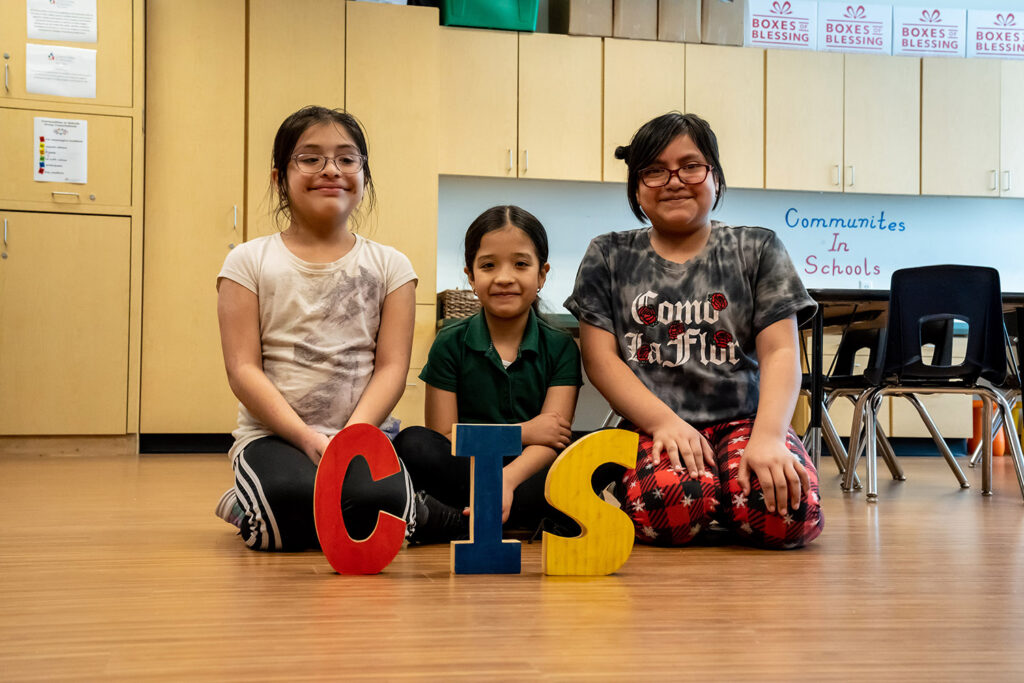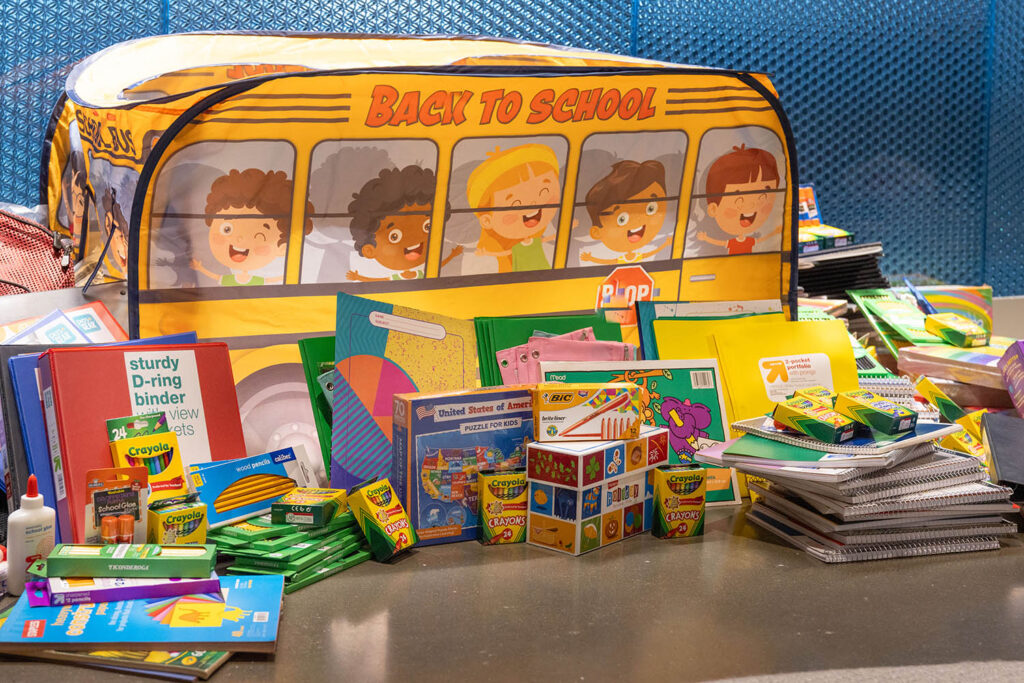Interview and video by Jennie Trejo. Photos provided by Communities in Schools.

Well, if you look at all the research across not only the state of Texas, but all across the country, and you look at the predictors of student success, one of the things that is always at the top of that list is family engagement. So it is very important that we have parents and grandparents and guardians, etc, that are really, really engaged in the academic process of their students. And what we see when that happens is you see students perform better academically. We see that attendance rates are much higher, etc. You see that in the data, but we also see it here at Communities In Schools anecdotally as well. We are out knocking on doors, working directly with families, and those that are engaged are the students that tend to see the biggest improvement in academics, behavior and attendance.
It’s crucial to remember that each and every family that you encounter is going to have a different need. One of the things that Communities in Schools does incredibly well is that we really approach family engagement through a multi-tiered lens. Tier one offers things that all families can benefit from: information such as financial aid and transitioning your kid to high school. Then there’s tier two, which are families that may have very specific needs. Nearly 27 percent of the students that we serve are English language learners. In some cases, that might mean working with families to ensure that there’s not a language barrier, and that does not become an impediment to their student success. Tier three is when families have more extreme needs that require home visits. So we’ve got site coordinators, we’ve got director family engagement that’s out in communities, knocking on doors and ensuring that these families really have access to the resources that they need to be successful.

There are so many things that educators are competing with these days, right? Technology being front and center. There was a recent study that suggested screen time is as high in 2024 as it has been in any year throughout our history, and that is students on cell phones, students watching TV. And the list goes on and on, and it’s a real conundrum, because at the same time, those are some of the things that could be useful tools as well in the educational process. But what we see, for so many young students, is that they’re overdoing it. So they’re on their phones, they’re on social media all the time, and some of these things, it really is competing with their academic priorities. I think another thing that you’ll see is mental health, right, which has become really a huge thing in this post-covid world. But what’s really bubbling up, even pre-covid, you see students struggling with anxiety, depression, and the list of these things goes on and on, and it really is an impediment to academic success, because you can’t expect the student to be the best academic iteration of themselves if they’re struggling with some of these mental health challenges that we see that is very prevalent in students today. About one in six students have identified as having a struggle that is mental health in nature, whether it’s anxiety, depression and the list of those things continue.


So I think this work is very critical. If you think just look across the state of Texas, and particularly the students that we serve, about 61% of the students that we serve are at risk of dropping out of high school. And for so many of these students, these aren’t necessarily for academic reasons. They’re for non-academic reasons. They are things like food insecurity. They’re things like mental health challenges. They’re things like students that are in foster care. And so many of these issues can be mitigated with intentionality, and our model is really based on being able to serve those students and help them not only graduate high school, but also be successful in their post secondary careers. We love people to get engaged. We’re always looking for volunteers. We’re always looking for donors, stakeholders in a variety of ways. They can visit our website, which is www.CISdallas.org or you can also reach out to me, AdamP@CISdallas.org.
Sign up with your email address to receive good stories, events, and volunteer opportunities in your inbox.